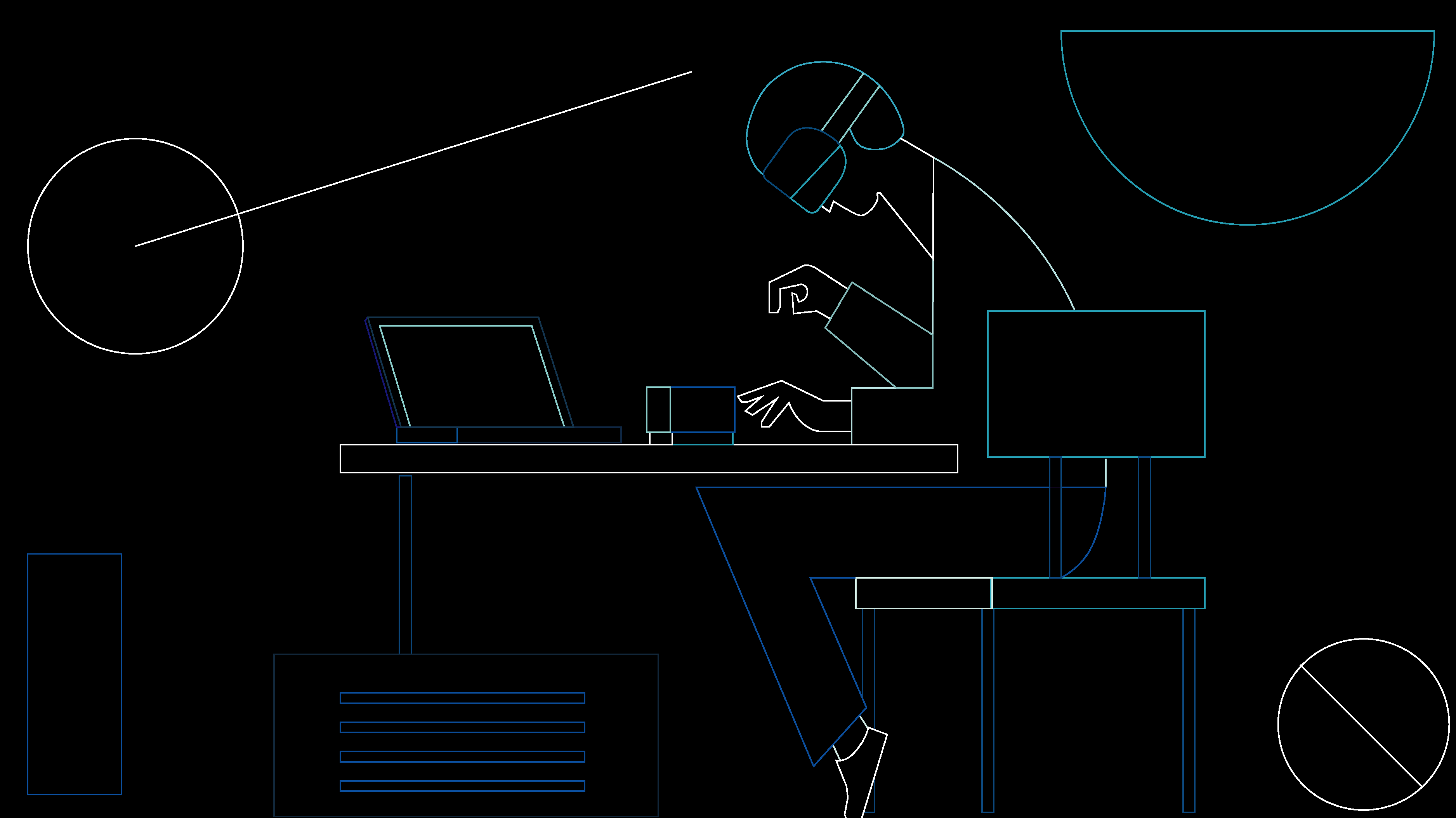In recent years, there has been a lot of interest in mid-air haptics. UltraHaptics, which uses ultrasound waves pointed on a user’s hands to create a sense of touch, has emerged to be one o f the most efficient and reliable mid-air haptics among the many haptics approaches available. SoftServe investigates the possible applications of this innovation for the art of meditation.
Mindfulness
Mindfulness can be defined as a human feeling to be in the present. This feeling makes one aware of where they are and what they are doing. This is irrespective of what is happening around him. Mindfulness meditation reduces stress levels, increases attention and concentration, and improves the mood and general well-being.
To discover if mid-air haptics have the ability to increase a person’s mindfulness, SoftServe conducted an experiment using mid-air haptic feedback during the attention-regulation process. Initial results from testing demonstrated that mediation using UltraHaptics can lower a person’s stress level more efficiently compared to not using haptics during mediation.

Attention-regulation process
To create the attention-regulation process, an approach by Kavous Salehzadeh Niksirat was used. This method consists of two parts, which repeat constantly:
- To begin, a person's response (i.e. attention) is tracked
- Then, based on their responses, feedback is provided to the user
- In this study, SoftServe extended the feedback process using mid-air haptic feedback and gaged all responses using ECG
Meditation methodology
A person's palm was continuously tracked with a Leap Motion device. Using the UltraHaptics board, testers generated a feeling that the user has a solid circle on their palm .
During testing, the user carried out cyclic round movements, approximately 20cm above the device for three minutes while sitting in a comfortable position and listening to calm music. The circle changes its radius depending on the hand’s movements. If the hand movements are too slow or too fast, the circle shrinks, creating a slightly unpleasant feeling for the user.
If the user moves their hand at a constant speed, the circle expands to a specific size, providing a more enjoyable feeling. The video of the process may be viewed on the SoftServe YouTube channel.
Measurements
In order to understand the effect of the haptic feedback, testers completed two sessions with each participant. The first session was conducted without haptic feedback. The second session was performed on the following day with haptic feedback. Before each session began, and after each session ended, the participant’s electrocardiogram (ECG) was recorded using a MAWI band.
From the raw ECG data, testers calculated the Heart Rate Variability (HRV) features relevant to the user’s stress levels, which refers to the variation in the time interval between heartbeats. Testers also calculated any changes and compared the derived results between the two sessions to tell the difference in the influence of different meditation approaches.
Conclusion
Final testing results proved that the mid-air haptic feedback stimulates meditation. It was demonstrated that based on a person’s ECG, haptics reduced stress levels better than a traditional meditation approach.
Meditation using UltraHaptics may be suggested as a new relaxation technique, especially one that can be used in busy or stressful environments.


